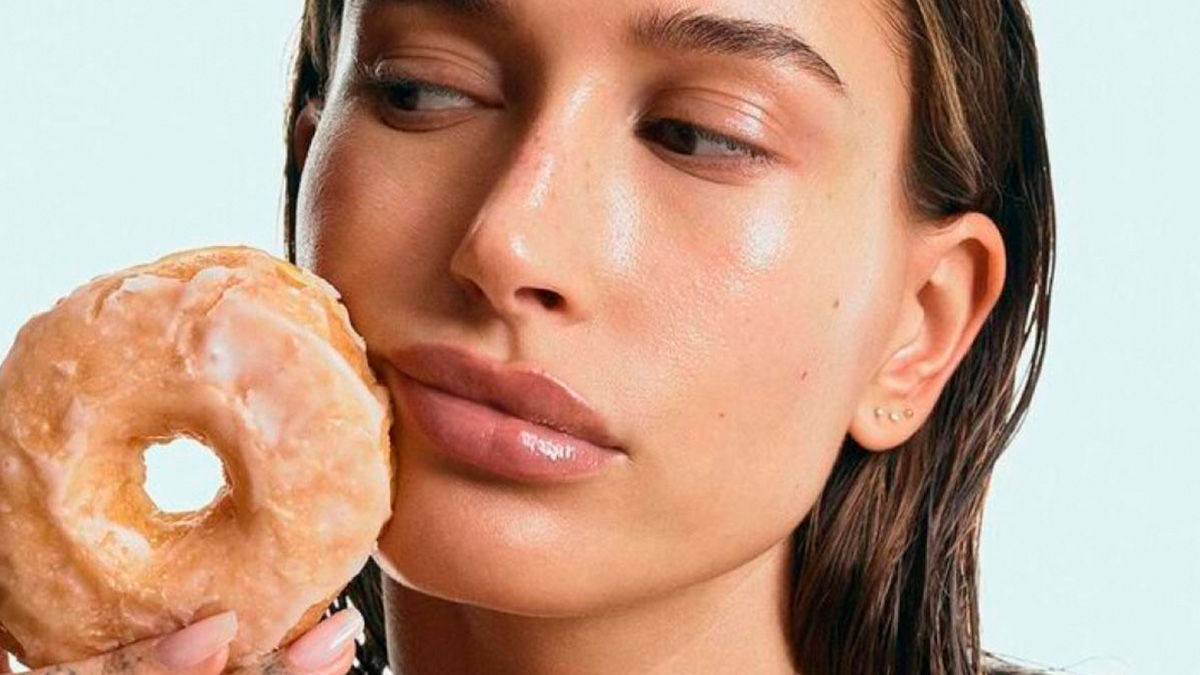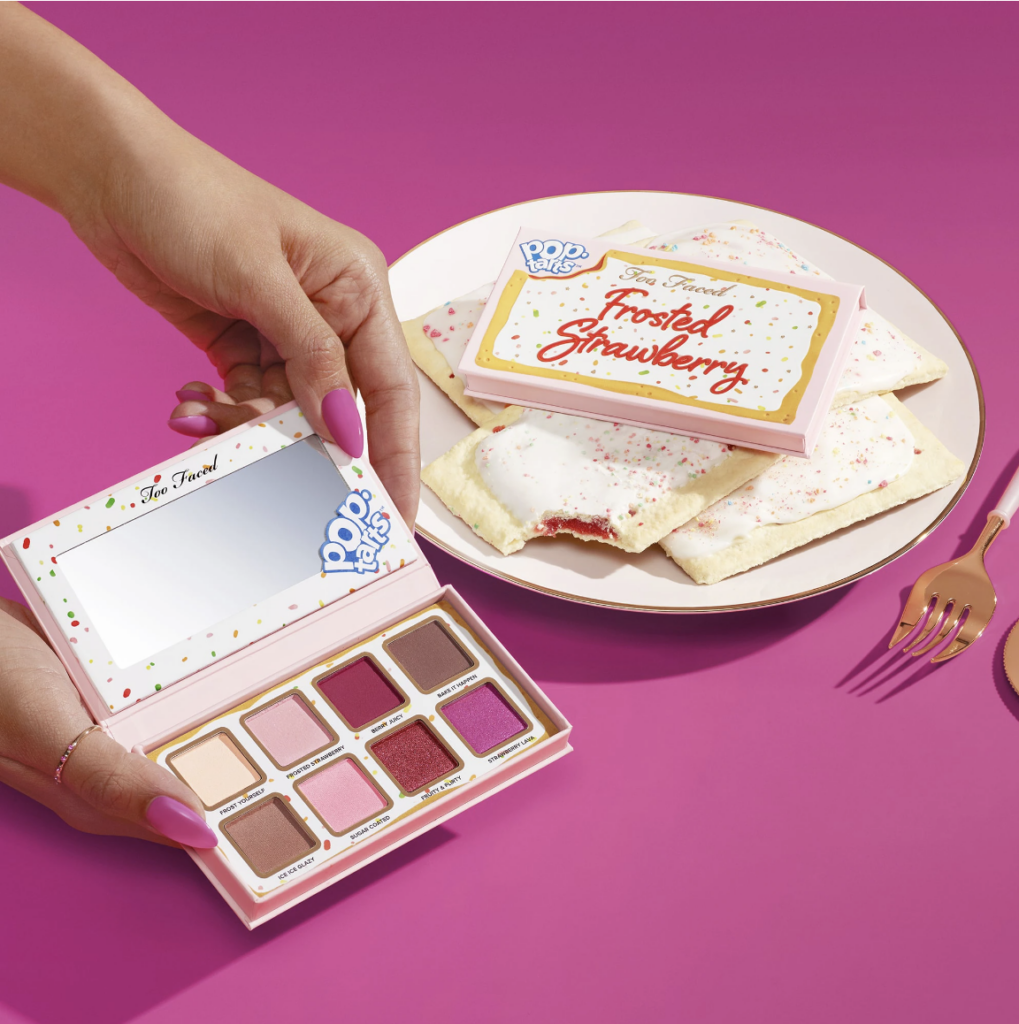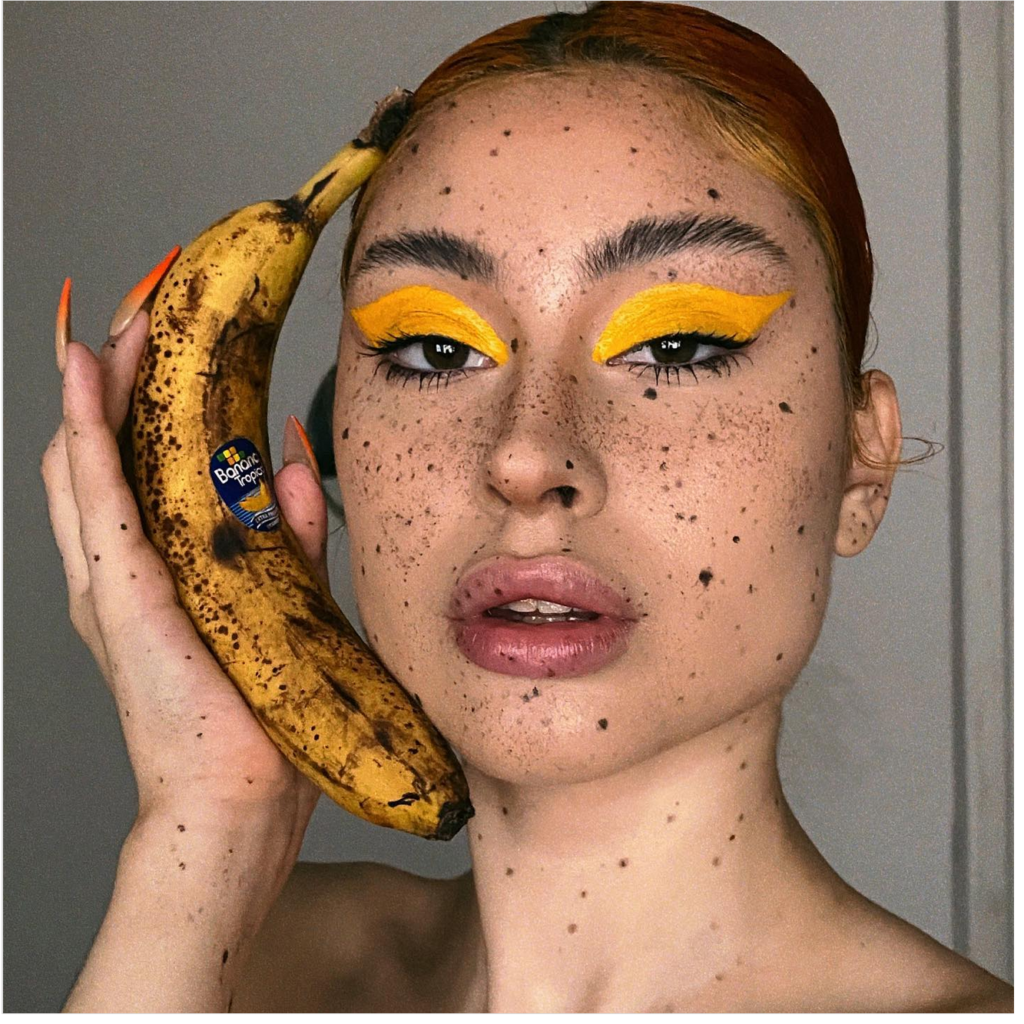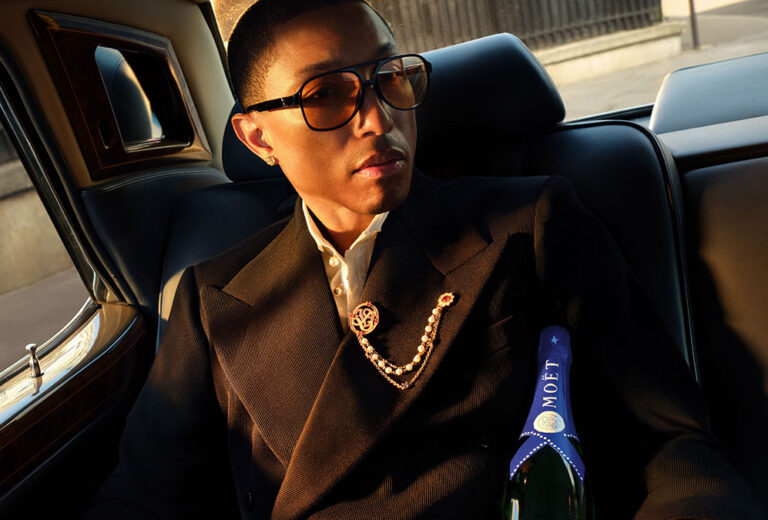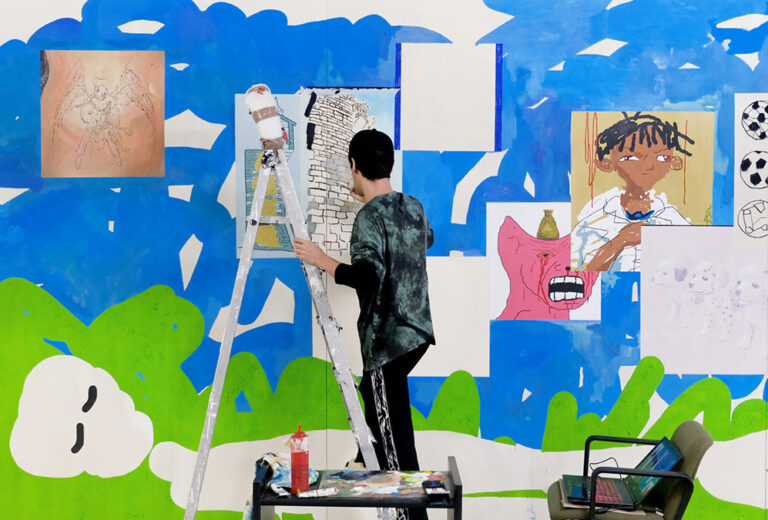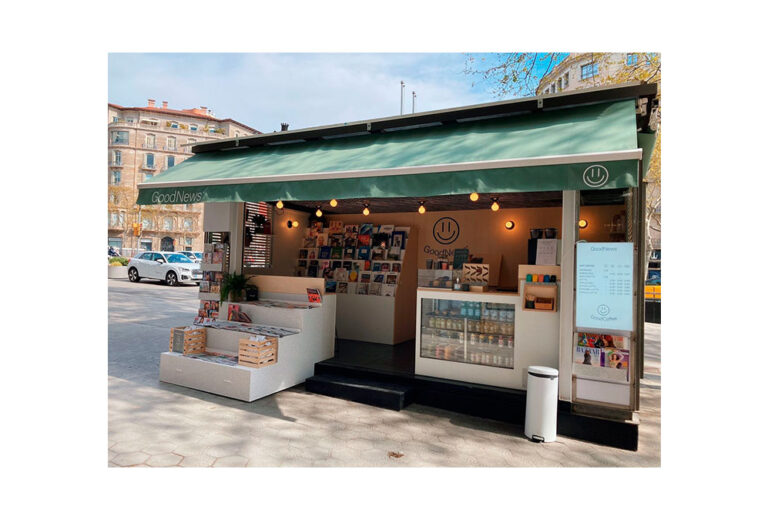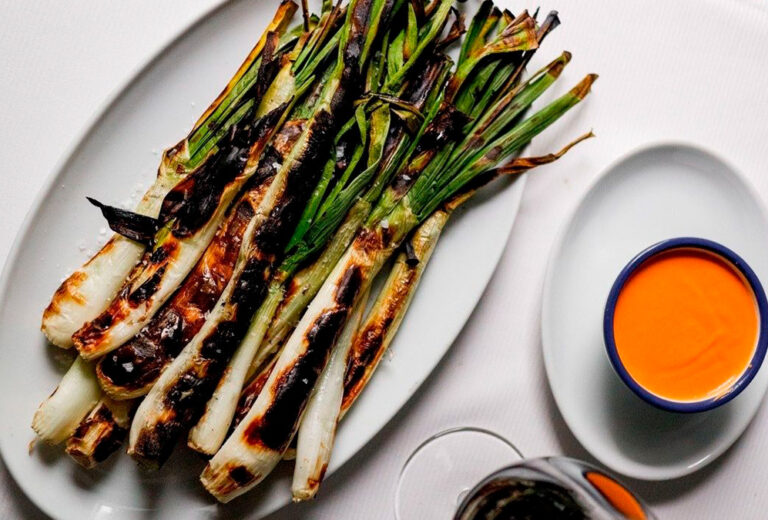Click here to read the Spanish version.
The latest beauty trends seem to have been encouaged through food, as a collective exploration has been carried out by everything from external brands like Hailey Bieber’s Rhode to more purely gastronomic ones like Pop Tarts.
In this sense, new generations are entering this new era of beauty projected by TikTok in which they sport ‘cinnamon cookie butter’ hairstyles or wear ‘café au lait’ makeup.
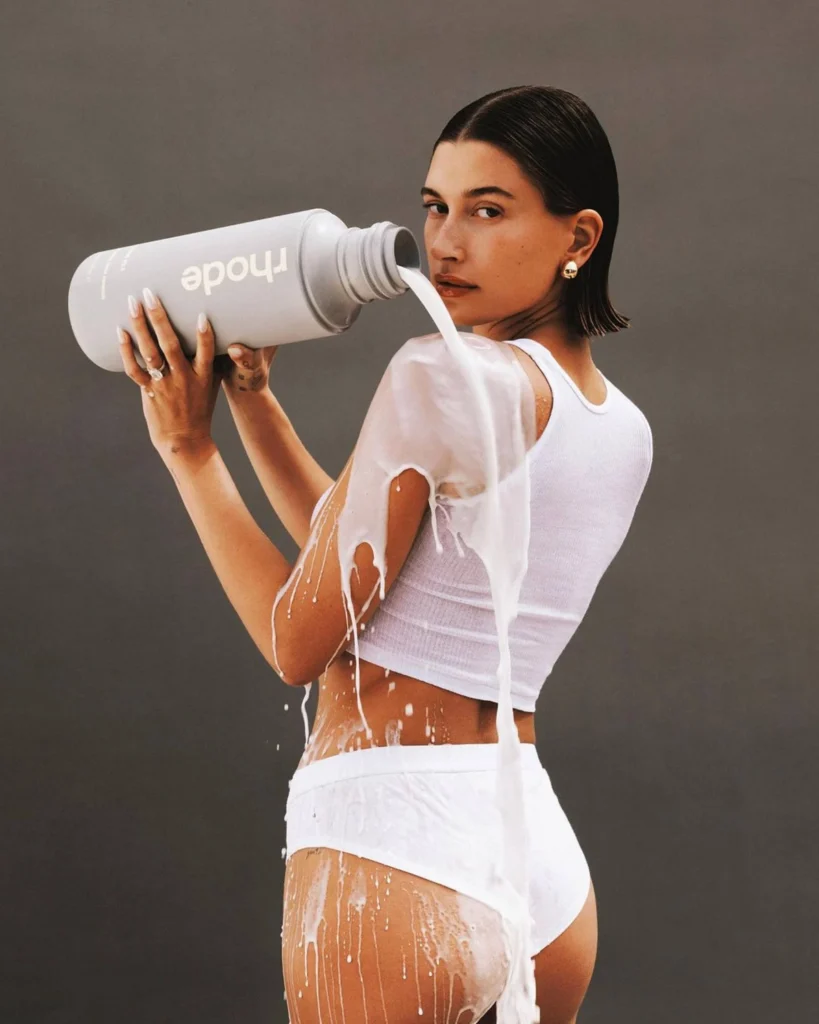
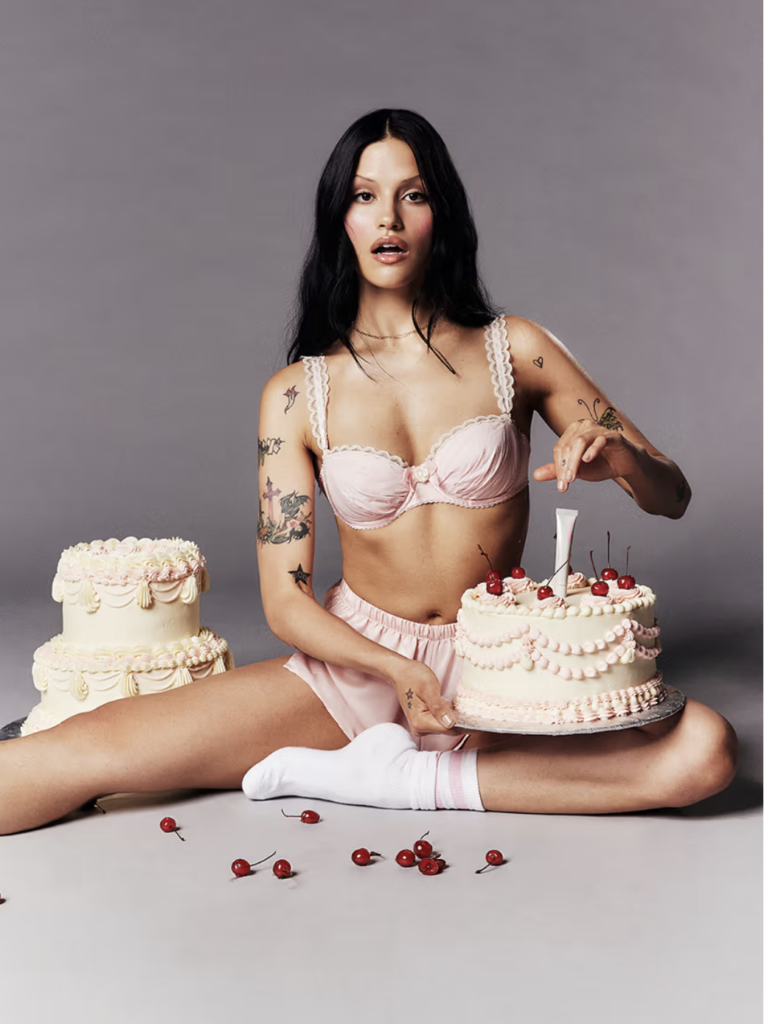
Back to 2000
It is a trend that seems to revive that decade when teenagers used to moisturize their lips with soda-flavored balms. Now, with nostalgia at the height of global culture, the trend is being reborn in a modern key through products such as Dunkin’ Donuts nail polishes or Too Faced’s Pop Tarts-inspired eyeshadow palette.
TikTok’s beauty community is envisioning how that food-makeup connection and/or with other beauty items becomes an effective way to better visualize what exactly we are buying.
Although the history of food and makeup is nothing new, and dates back thousands of years with scenes such as the use of berries as lip coloring in ancient Rome and Greece, or rice powder as a cosmetic ingredient in the Edo period in Japan, it is now recontextualized to give it a new meaning in the contemporary era.
Cosmetic brands have not been slow to launch their own versions of this commercial phenomenon, naming products after foods, which also includes beauty trends and aesthetics such as the ‘latte girl’ or the ‘tomato girl’ associated with a makeup look centered on red blusher with freckles on the cheeks.
Within this estheticized menu, food extracts as main ingredients in products go viral with launches or treatments such as peptide-based lipstick that comes in flavors like vanilla, watermelon and salted caramel.
The sensory nexus
Categorizing makeup trends with the aesthetics of food and drink, from a cultural and marketing standpoint, makes sense, as it is intertwined by cross-sensory factors, such as smell, taste and atmosphere, which can help appeal to a younger audience that may not be interested in makeup per se but feel it for those nostalgic foods.
On the internet we can see all this reality reflected with moisturizers that ‘help you look like a glazed donut at the end of the day’, a makeup inspired by a banana or ‘dumpling effect lips’, as evocative aesthetics that are having a radical effect on consumption, and its correlation with desire and the senses.

